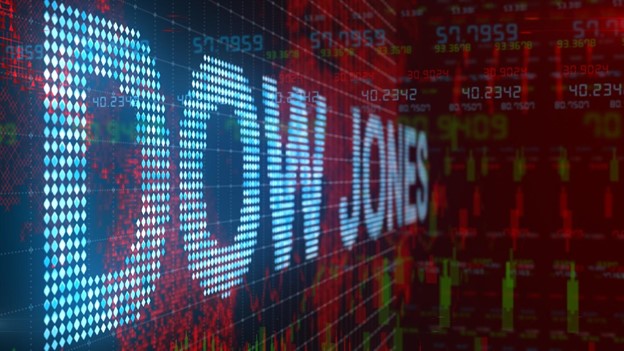Strategic Optionality means being able to move beyond basic scenarios.
In the case of Robinhood shareholders, there may be recourse to stem the tide on a stock that is down 75% from its August IPO price and 90% from its all-time high.
Shares of the online trading provider jumped 14% after Bloomberg published an article stating that crypto exchange, FTX, was interested in acquiring the company. FTX CEO Sam Bankman-Fried poured cold water on the chatter, stating that his company was not having active M&A discussions with HOOD. He did express excitement about Robinhood’s business prospects.

The speculation emanated from an SEC filing last month that Emergent Fidelity Technologies, whose majority shareholder is Mr. Bankman-Fried, disclosed a 7.6% stake in Robinhood. If you are curious, the average price of that stake was $11.52 a share.
Would Robinhood be interested in a sale?
The massive share decline compares to an 18% dip in the S&P. The decline in bitcoin represents a fairer comparison as the 40-day correlation between the two reached a record 0.6945 last month. Bitcoin is down 68% from its peak. HOOD has underperformed anyway you cut it.
To be fair, crypto exchanges are facing a fair number of challenges recently with Celsius Network halting withdrawals and transfers and Binance halting some Bitcoin withdrawals.
HOOD management does not appear to be in panic mode despite the recent decline.
Robinhood has a relatively strong balance sheet as it currently holds $6 billion in cash with another $2.5 billion of excess liquidity beyond its stress scenario. This scenario was established during the Reddit Rebellion days in January 2021. The company’s enterprise value is $7.37 billion. Markets are basically valuing the operations side of the business at approximately $1.25 billion.
Even with the market sell-off, HOOD says its deposit levels are still rising with churn reaching its lowest point “in years”. This suggests traders have remained in the markets. This has been backed up by comments from Interactive Brokers (IBKR) which stated in its mid-April earnings call that account growth occurred across all regions.

The company is setting its sights on growth strategies such as cash cards enabling direct depositing, crypto wallets, and international expansion. However, the potential for a sale does provide management with one more quiver in its arsenal.
Bankers believe potential obstacles to the deal include financing and pricing. Some have speculated that FTX would have to offer up to $20 a share for HOOD executives to consider a deal. HOOD’s founders have more than 10x voting rights. They would need to be on board for any deal to be completed.
Morgan Stanley outlined a few valuation options. Its best-case scenario priced the stock at approximately $59 which is based on FTX paying $2K per account. The worst-case scenario put the value at $10 a share. The historical precedent on similar transactions would place a 5x Enterprise Value to Revenue for HOOD which implies $13 a share. To be clear, this is standard practice at Morgan and analysts will be the first to point out that upside scenarios are a pipe dream.
One interesting aspect of this story is that the stock was recently upgraded from Sell to Neutral at Tier-1 firm Goldman Sachs. Goldman did take the unusual step of cutting its price target to $9.50 from $11 despite the upgrade. The firm noted HOOD underperformed significantly since it downgraded the name. Goldman remained bearish on the fundamentals, however, shares are a more balanced risk due to the drop in valuation.
This is not necessarily a ringing endorsement, but it does highlight the decline in price and the cash position.
Shares of HOOD rallied from $8 to $9.72 as the report made the rounds. The stock has pulled back to the $8.50 area as investors question the potential merger. The market could subscribe strategic optionality to shares which allows for some upside. Given the cash position of HOOD, there is a floor to the valuation.
The crypto winter is likely to continue and that will be a headwind for names like Robinhood. One generally does not want to take risky shots in a bear market. But when you break down the fundamentals and balance sheet and upside potential in HOOD, there is some opportunity here for an investor with some “play money” that is willing to take on some risk in search of potentially healthy returns.



